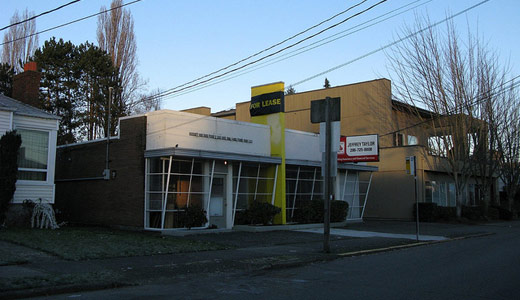
WASHINGTON – The drop in workers’ income from the Great Recession, piled on a prior decline during the weak 2001-07 recovery, was so deep that it may take until 2020 before workers’ incomes match their peak set in 2000, the Economic Policy Institute says. It calls that forecast “an under-appreciated economic calamity.”
That income prediction is one of many pieces of bad news for U.S. workers contained in The State Of Working America 2012, the latest in EPI’s comprehensive studies. EPI also forecasts yet another weak recovery, with joblessness not returning to 5% before 2014 at the earliest and not declining to 4% — the level that GOP President George W. Bush inherited in 2001 – “for the foreseeable future,” one EPI analyst adds.
One reason for the gloomy data, the comprehensive report says, is the huge and rising share of overall U.S. income flowing to the wealthiest 1% of the population, in terms of capital accumulation, and away from workers, as wages stagnate or decline.
“While it is generally recognized the Great Recession dealt a harsh blow to family and household incomes, our analysis reveals the business cycle preceding the recession was already shaping up as a lost decade for American incomes,” EPI reports.
“Between the business cycle peaks of 2000 and 2007, most measures of typical American incomes registered either negligible gains or outright losses. Median household income fell by 6%. Similarly, median income of working-age families never recovered its 2000 peak in the years leading up to the Great Recession.
“Poor performance during recovery and expansion was followed by the severe setback to incomes during the Great Recession. Median income of working-age families, for example, fell 7.1% between 2007-2010, from $68,893 to $63,967,” EPI noted. After the Census Bureau released its income data the next day, EPI noted that median income of working-age families dropped by 12.4% from 2000-2011. The median is the point at which half the country is above that income level and half is below it.
“The strong relationship between income growth-or lack thereof-and unemployment implies if full labor market recovery from the Great Recession takes as long as forecasters predict, nearly two decades likely will pass before incomes regain lost ground and return to 2000 levels. This is an under-appreciated economic calamity.”
Larry Mishel, EPI’s head, said government policies, pushed by both parties, had a lot to do with the rising inequality and declining incomes the report documents.
Politicians “favored those at the very top” by refusing to raise the minimum wage for long periods of time, “failure to maintain full employment, failure to maintain collective bargaining rights” and failure to help workers battle the impact of globalization,” Mishel said in a telephone press conference on the report.
The report says workers tried to keep up, and keep their incomes up by working longer hours – hours worked rose 327 per year since 1979 – getting more education and sending women into the workforce. Incomes stayed flat or fell despite those efforts.
“All in all, once we account for this increased effort on the part of American households, it is hard to find much evidence the private economy has been particularly friendly to the longstanding American aspiration for improving living standards,” it adds.
Declining union density hurt all workers’ wages, too, EPI said. Unions account for one of every eight workers: 37% in the public sector, about 8% in the private sector.
“The falling rate of unionization lowered wages, not only because some workers no longer receive the higher union wage but also because there is less pressure on nonunion employers to raise wages,” EPI’s analysts said. “The spillover or threat effect of unionism and the ability of unions to set labor standards have both declined.”
The drop in unionization particularly hit blue-collar men, whom the report also shows suffered huge wage and compensation losses since the 1970s. In 1978, union contracts covered 43.1% of blue-collar men, but they covered only 17.8% last year. But even with that low density, unionized blue-collar workers had a 23.2% wage advantage over their non-union colleagues last year, and the overall union wage edge was 13.6%.
Still, “a decline in collective bargaining coverage accounted for about one-third of the growth of wage inequality among men and one-fifth among women between 1973-2007,” EPI said.
“A major reason the declining rate of collective bargaining coverage is associated with more wage inequality is that standards set by collective bargaining impact workers not directly covered by these agreements, an impact larger for women than for men. That is, eroded collective bargaining undercuts labor standards that benefit all workers.”
“The possibility that union bargaining power has weakened adds a qualitative shift to the quantitative decline. Erosion of bargaining power is partially related to a harsher economic context for unions because of trade pressures, the shift to services, and ongoing technological change. However, analysts also pointed to other factors, such as employers’ militant stance against unions and changes in application and administration of labor law, that have helped to weaken unions and their ability to raise wages,” EPI added.
Photo: Rob Ketcherside // CC 2.0












Comments